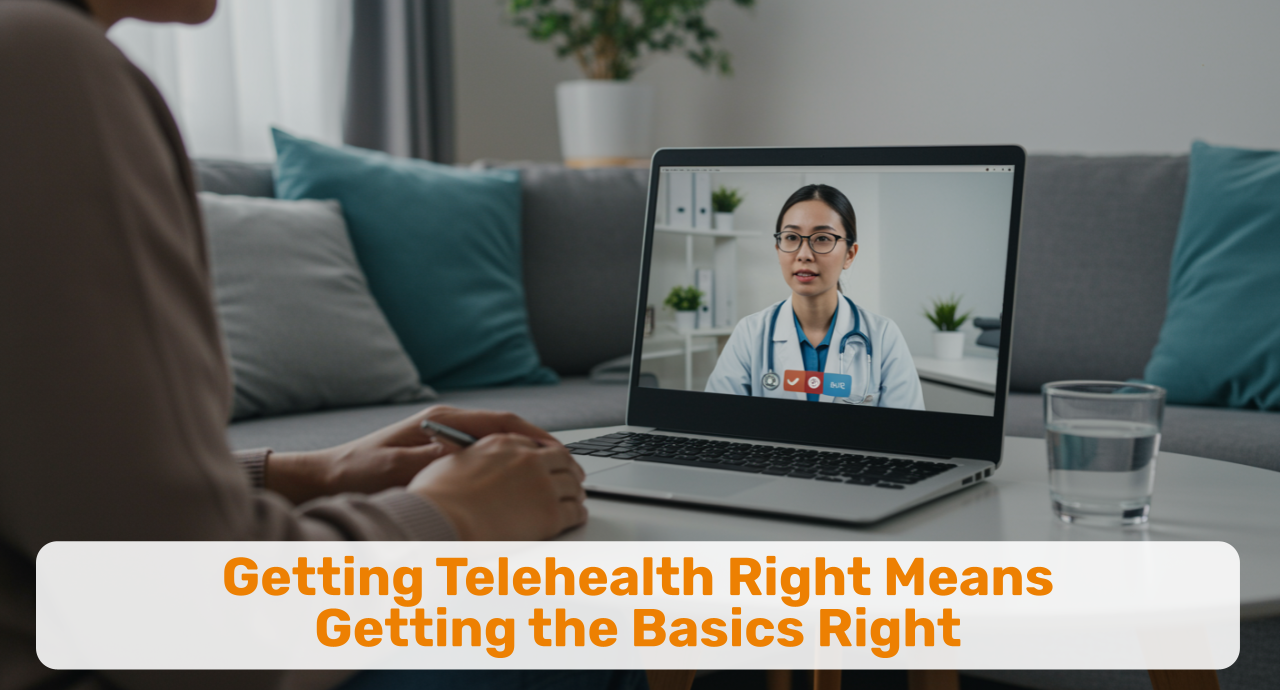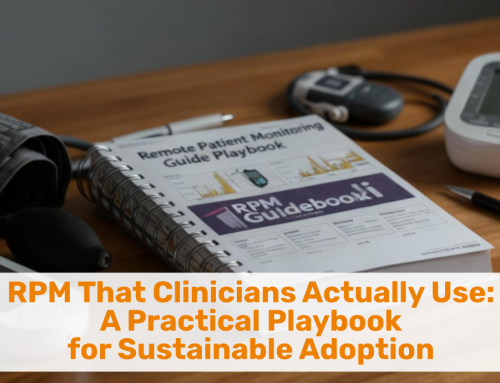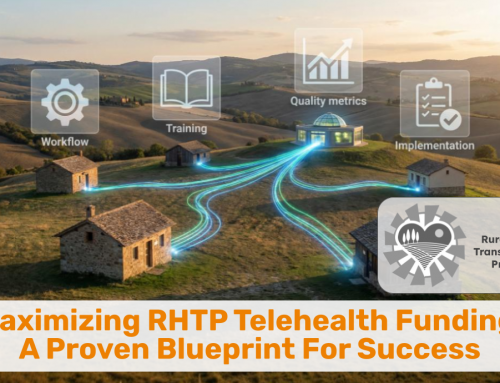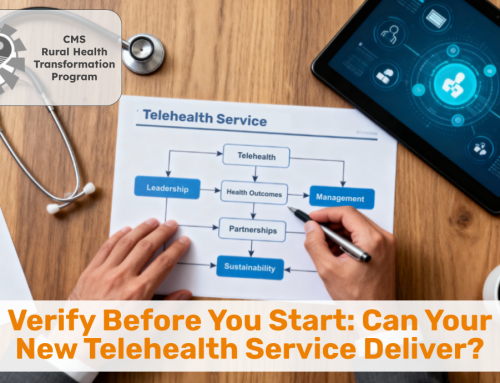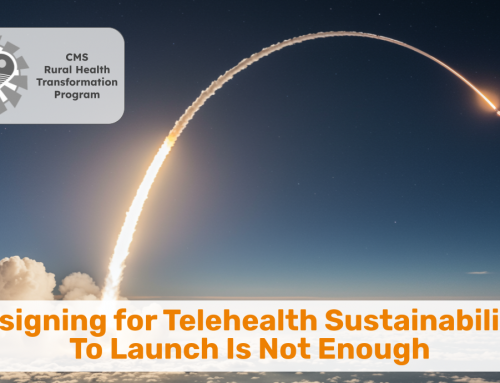Occasionally, Telehealth Tuesday readers and colleagues send me reports for comment. A few weeks ago, Hannah Jelliman from the UK-based telehealth platform Whereby shared their latest market research. Here’s my take on what it gets right — and what it misses.
The State of Virtual Care report makes a compelling claim: the future of telehealth depends on trust, engagement, and human connection — fascinating, because vendors usually focus on features, performance, and security.
But is there a cry for “high touch” beneath the promise of “high tech”?
It’s a good punchline — and mostly true on the surface. But when we dig deeper into the findings, the report reinforces something those of us who’ve been doing this for years already know: the biggest barriers to telehealth adoption have little to do with technology itself.
Telehealth doesn’t fail because of video quality, interface design, or the absence of AI-enhanced features. It falters because of workflow, training, and leadership alignment.
For those of us who’ve watched the industry cycle through hype, hesitation, and hard-won progress, these results aren’t surprising — they’re familiar. What’s encouraging is that they confirm where the true work needs to happen next.
Patient Engagement Isn’t About Technology — It’s About Workflow and Training
The report calls patient engagement both telehealth’s leading challenge and top future priority. That statistic — 22% call it the top challenge, 55% call it the top priority — shouldn’t point us toward better software. It should point us toward better processes.
Patient engagement doesn’t happen on a screen; it happens through the care team. Yes, the technology needs to work well to quickly fade into the background. But that does not guarantee patient engagement.
A patient who’s never offered a virtual visit can’t engage with one. A scheduler who doesn’t know how to flag the right visit type won’t promote it. A clinician who hasn’t been trained to shift conversational flow for virtual delivery will struggle to make it feel natural.
That’s why, in our telehealth optimization work, we’ve refined training and workflow design for virtual-care success. (check out those links for more articles on those topics).
Engagement (by both clinicians and patients) grows out of operational readiness. The more telehealth becomes part of daily scheduling, documentation, and care delivery, the less “virtual” care feels not real.
“Low Awareness” Is a Workflow Problem Too
The survey lists low patient awareness (55%) as a top adoption barrier. That’s not a patient problem — it’s an organizational one.
If patients don’t know telehealth is an option, it’s because clinicians, staff, or marketing channels aren’t offering it consistently or confidently. Awareness doesn’t happen by accident; it’s built into the workflow: appointment reminders, patient portal messaging, scheduling scripts, and clinical recommendation patterns.
-
How many organizations have documented, clinician-developed clinical guidance for when video visits are appropriate? Very few.
-
How many schedulers have a clear script that offers a video visit by default for same-day appointments, including an escalation path for video triage by a nurse? Even fewer.
-
How many clinicians are suggesting a video visit for the follow up visit to go over the test results? Not enough.
Telehealth platforms are not to blame, at all.
Digital Literacy and the Power of Preparation
The report also highlights low digital literacy (26%) as an ongoing barrier. In practice, that’s one of the easiest obstacles to fix. Patients don’t need to become technologists — they just need to be prepared.
Our Telehealth TechCheckSM process demonstrates how a simple, standardized pre-visit checklist can prevent 90% of avoidable tech failures. This is workflow design, not product design. This is high-touch to enable high-tech. The right preparation — one reminder email, one test link, one clear instruction — turns a potential barrier into an invisible success factor.
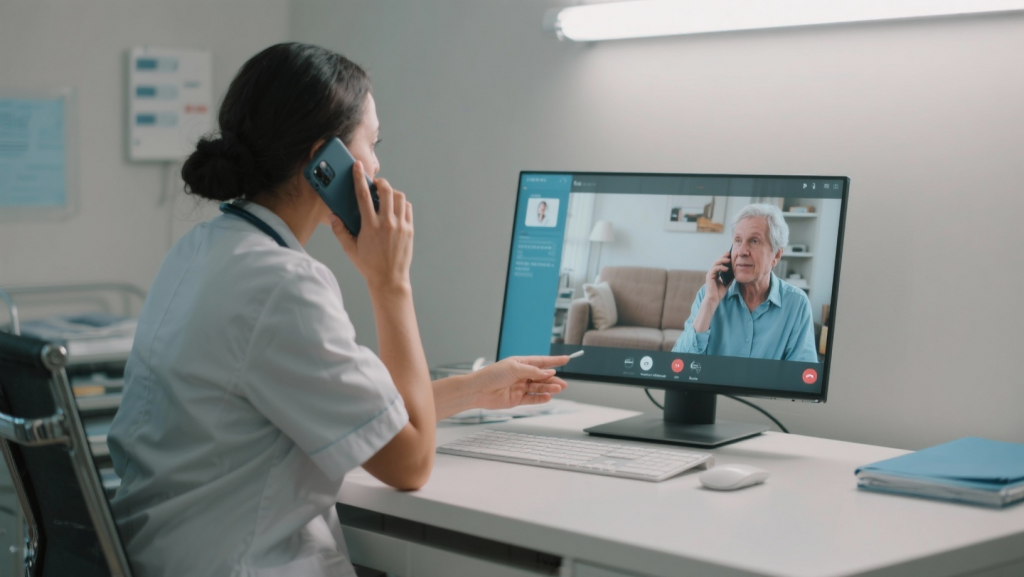


High-Touch preparation builds Digital Confidence
What most people overlook is that the barriers to accessing care far outweigh the barriers to using telehealth. In our experience, the true challenges are limited access, low digital literacy, and limited patient engagement in their own care. Telehealth offers a solution for all three types of barriers (actually, 12 of them), including public telehealth access points, digital navigators, or telehealth-powered care continuity.
We often overestimate the sophistication required for digital literacy and underestimate the impact of clear communication. Patients don’t need to be treated like luddites; they need confidence that the visit will work.
Trust Isn’t About Encryption — It’s About Confidence
Only 56% of respondents in the Whereby study said they feel confident in telehealth platforms’ privacy and data security. Yet, paradoxically, many of these same patients share deeply personal information on social media without hesitation.
This isn’t a technology failure — it’s a perception problem. Trust gaps rarely reflect inadequate encryption; they reflect uncertainty. When patients don’t see what’s happening behind the scenes — when the interface feels opaque and the clinician does not seem quite as confident — they assume risk. Transparency builds trust, and clinician confidence transmits it.
When the clinician says, “This is a secure, private platform designed for healthcare — just like your doctor’s office,” it reframes perception.
Simple design cues can reinforce that confidence. For some patients, visible trust cues (such as a padlock icon, clear onboarding language during the TechCheck, and consistent branding) make a measurable difference. Trust is not just a technical feature — it’s a communication strategy.
Reliability Is a Network Problem, Not a Vendor Problem
The report’s headline statistic — 90 percent report video-call issues — sounds alarming until you unpack it. Reliability challenges are real, but they’re rarely about the video platform. They’re about the network environment.
Bandwidth variation, device age, home Wi-Fi interference — these are not variables any vendor can fully control. And in 2025, every major platform already includes bandwidth optimization, auto-reconnect, and adaptive resolution features. Reliability isn’t a differentiator anymore; it’s a baseline expectation.
Instead of chasing platform perfection, focus on connectivity readiness — pre-call testing, phone-backup plans, and clear escalation protocols preserve continuity better than any new feature.
Technology isn’t the bottleneck anymore — operations are.
Innovation Isn’t the Problem — It’s the Distraction
Whereby’s data shows that “innovation and new features” ranked lowest among priorities for telehealth teams (22%). On the surface, that looks like fatigue. In reality, it’s realism: most people are not innovative. As Steven Jobs said: “People don’t know what they want until you show it to them”. Very few people want innovative features, until they can’t live without them.
The telehealth industry has been “innovating” for over a decade — adding screen sharing, chat, translation overlays, automated triage. Most of those tools already exist. What organizations still struggle with are the fundamental basics of adoption, integration, and alignment. Featuritis becomes a distraction, not an asset.
This isn’t really a “shift toward fundamentals,” as the report suggests, at least not from the perspective of the clinician and patient users. We simply haven’t even reached the fundamentals yet. The basics — seamless join experiences, intuitive documentation workflows, effective clinician training — still aren’t universal. Until they are, innovation remains a distraction from execution.
Bridging the Clinician–Builder Divide
Perhaps the most revealing insight in the report is the disconnect between clinicians and product teams. Clinicians emphasize usability and human connection. Developers emphasize innovation, reliability, security, and cost. Both perspectives are valid — but misalignment here explains much of telehealth’s uneven progress.
This gap isn’t about intent — it’s about empathy. Bridging that divide requires empathy across disciplines. Product teams must understand the clinician mindset: risk-averse, patient-centered, and time-constrained. Clinicians must articulate operational needs in ways developers can build to.
In my 310+ articles on telehealth, I have rarely written about the technology – except to claim that telehealth is NOT about the technology (2016) or how each telehealth use case can benefit from a different technology that is optimized for the clinician and patient experience.
And yes — dear development teams — apply some design thinking and ask the clinicians and patients about their ideal video visit experience. Just like every clinical team should first gain clarity about the experience they want, before shopping for a (new) vendor.
Building a Truly “User-Focused” Future
The final section of the Whereby report, A User-Focused Future for Virtual Care, gets one thing absolutely right: success depends on reliability, security, and human connection. But most of those levers lie with the healthcare organization, not the vendor.
-
Reliability comes from operational readiness.
-
Security comes from visible transparency.
-
Human connection comes from training, empathy, and simplicity.
Clinicians need training and support to strengthen webside manners and virtual physical exams skills. Patients need single-click access that removes friction. Teams need permission to treat telehealth not as a side project, but as completely valid and viable care delivery modality.
The most successful vendors in the next decade won’t be those with the newest features. It’ll be the ones that go beyond the sale of licenses and help their clients to define workflows, write policies, develop and deliver training, and establish support.
The Real Work Ahead
As the telehealth market grows from $140 billion in 2025 to a projected $400 billion by 2034, the temptation will be to innovate faster — to add AI, automation, and analytics layers on top of shaky foundations. But innovation only scales when the basics are solid. The smarter move is the opposite: slow down, simplify, and standardize.
When organizations master the fundamentals — training, workflows, clinician confidence, patient preparation — everything else scales more naturally.
The next frontier in virtual care isn’t about more. It’s about better. And that starts by getting the basics right.
Because telehealth doesn’t need more innovation — it needs better execution.
Are you a clinic ready to select your next telehealth solution? Then let’s explore how we can help with “all of the above” and select the best vendor for you.
Are you a vendor that is ready to take your business model to the next level? Then let’s explore how we can team up by pairing your solution with our implementation expertise.
If your organization is ready to turn insight into execution, let’s talk. You can contact me here via email, text, or self-schedule a brief video call.








To receive articles like these in your Inbox every week, you can subscribe to Christian’s Telehealth Tuesday Newsletter.
Christian Milaster and his team optimize Telehealth Services for health systems and physician practices. Christian is the Founder and President of Ingenium Digital Health Advisors where he and his expert consortium partner with healthcare leaders to enable the delivery of extraordinary care.
Contact Christian by phone or text at 657-464-3648, via email, or video chat.

